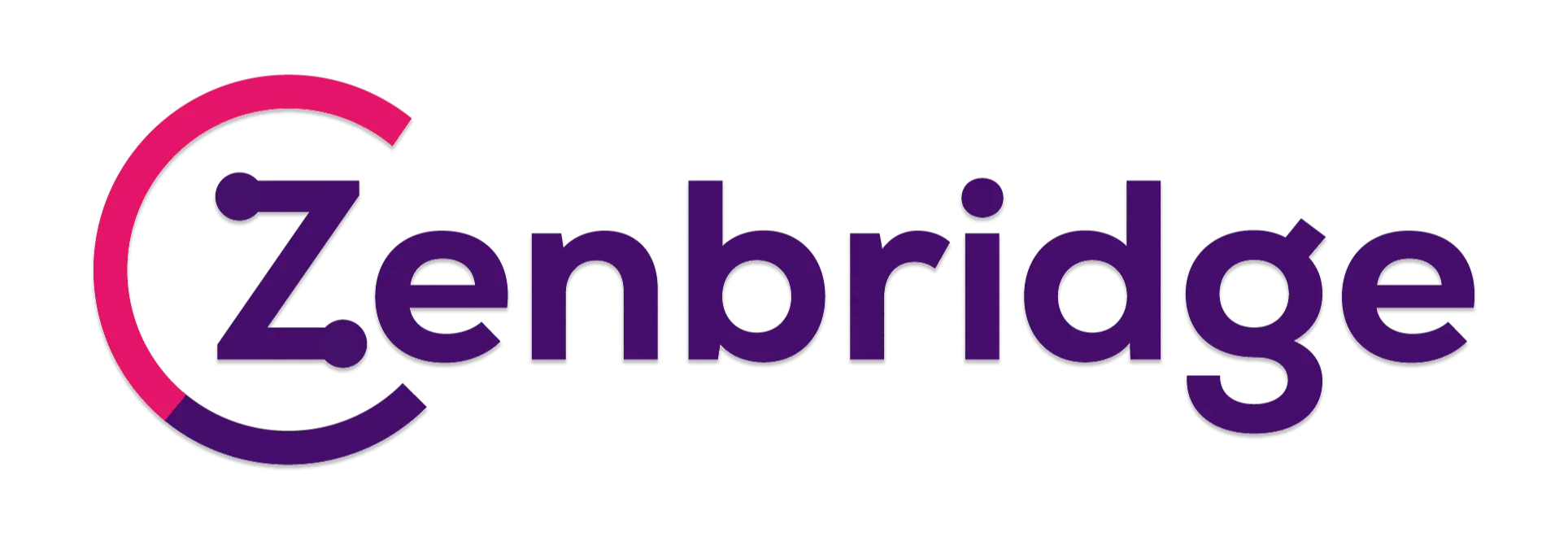The Need for HIPAA Compliance
Compromising patient data can impose heavy financial penalties on healthcare entities. Thus, HIPAA Compliance is necessary to establish security standards that protect end-to-end patient data exchange from such risks.
Secure Infrastructure
It enforces investments in essential tools and practices for data security, programs to discover bugs or vulnerabilities in data handling, and keeps the security infrastructure up-to-date to prevent any unauthorized access.
Informed Workspace
It introduces security policies, processes, and training programs to organizations to build a well-qualified workforce that can be trusted with patient data and strengthen its threat intelligence capabilities.
Market Credibility
It builds credibility for organizations, acts as a safeguard against false accusations in the event of data loss during operations, and reassures patients that their information is securely managed.
HIPAA EDI Transaction Sets
HIPAA EDI transaction sets are documents that communicate patient data between two entities via EDI under HIPAA regulations.
HIPAA EDI transaction sets are based on the X12.
- EDI 270 is a Healthcare Eligibility/Benefit Enquiry. The healthcare service provider sends EDI 270 to the insurance provider to request the patient's policy information, such as healthcare benefits, policy status, coverage date, coverage level, and deductibles, based on the patient's ID.
- EDI 271 is a Healthcare Eligibility/Benefit Response. The insurance provider sends it to the healthcare service provider as a response to EDI 270. It contains the requested information about the insurance coverages & status of the patient who wants to make the claim.
- EDI 275 is a Patient Information Document. The healthcare service provider uses it to communicate additional information such as patient demographics, clinical data, and supporting data required to process the patient's insurance claim.
- EDI 276 is a Healthcare Claim Status Inquiry. The healthcare service provider uses it to inquire about the status of an earlier claim submitted by the insurance provider. It contains the patient's details, such as patient ID, subscriber information, date of service, and charges, which are required to search the claim information.
- EDI 277 is a Healthcare Claim Status Response. It is sent to report the status of the insurance claim upon finalizing it or receiving an EDI 276 request. It can contain the status of the insurance claim or a follow-up to request additional information about the submitted claim.
- EDI 278 is a Healthcare Services Review Information Document. The healthcare service provider uses EDI 278 to request the insurance provider to review and authorize proposed healthcare services for the patient. It contains notifications for patient status and services availed between arrival and discharge periods.
- EDI 820 is a Payment Order/Remittance Advice. The healthcare service provider and insurance provider exchange EDI 820 in conjunction with payment transactions for medical services and goods consumed by the patient. It is sent as a response to an invoice or an order, indicating that the payment is made.
- EDI 834 is a Benefit Enrollment and Maintenance Document. It is used by the insurance provider to send information to a healthcare service provider when enrolling a new member in a healthcare benefit plan, updating a member plan, or disenrolling a member. It contains the member's ID, personal details, benefits details, subscription type and duration, and medical demographics.
- EDI 835 is a Healthcare Claim Payment/Advice. When the insurance provider processes the payment for a claim, it sends the claim payment information to the healthcare service provider using EDI 835. It includes payment details such as a list of paid services and goods, reduced/denied charges, deductibles, splitting of claims, and payment mode.
- EDI 837 is a Healthcare Claim. The healthcare provider uses EDI 837 to send billing details and/or encounter information for a medical claim to the insurance provider. The claim contains the patient's details, the healthcare service provider's details, the insurance plan details, and the cost of services.
- EDI 997 is a Functional Acknowledgement. It acts like a receipt for acknowledging other EDI documents. It notifies the healthcare service provider or the insurance provider that their EDI has been received by the other party.
What is HIPAA Compliance?
HIPAA Compliance is a series of federal regulations that standardize the exchange of protected health information (PHI) between entities within the healthcare sector. It ensures that entities handling patient data can safely adopt EDI software for data exchange while maintaining the confidentiality and integrity of their data operations.
Entities that deal with PHI or patient data can be divided into two categories.
- Covered entities - These are healthcare service providers and insurance providers.
- Business associates - These are third-party accountants, consultants, and IT service providers.
Irrespective of the category, Zenbridge helps you manage a secure PHI exchange process. It eliminates implementation hurdles and delays in compliance validations with APIs for all HIPAA EDIs.
Experience the fastest onboarding, easiest integration setup, and truly reliable support in one EDI platform.
